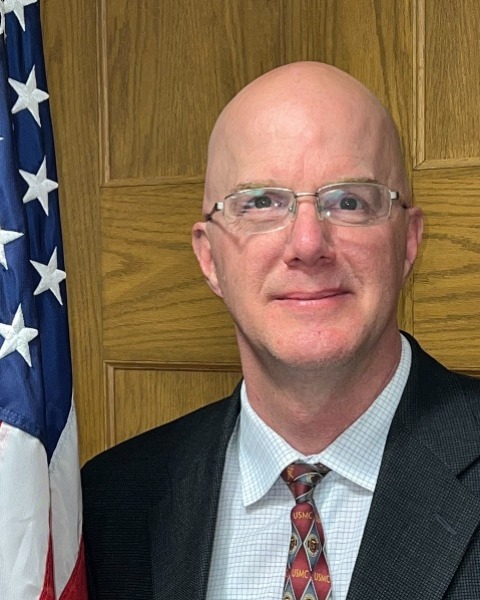Case Study
Sheraton Conference Center - 1st Floor
Corroborating Evidence in Child Sexual Assault: Presented through a Case Study (Part 2) REPEAT
Tuesday, August 8, 2023
3:30 PM - 4:45 PM CST
Room: Dallas A3
CE: 1.25
150 minutes (Part 1 & 2)
Intermediate
Law Enforcement, Prosecutor, Forensic Interviewer, CPS, CAC
Intermediate
Law Enforcement, Prosecutor, Forensic Interviewer, CPS, CAC

Bill Fulbright
County Attorney
Ravalli County (MT) Attorney's Office
Primary Presenter(s)
Part-One of this workshop discusses critical areas of corroborating evidence, including where to find it and its significance, in the investigation and prosecution of child sexual assaults. Because most child sexual assaults lack traditional physical evidence, child victims are at a disadvantage in court unless we put in the work to find evidence corroborating the child’s disclosure. Using examples from child sex assault cases prosecuted by the presenter, this presentation focuses on specific types of corroborating evidence, and how to identify, locate and present that critical evidence. Part-Two is an interactive workshop applying the concepts discussed previously to a real-life case. After viewing an excerpt of a five-year-old victim's forensic interview, participants will interactively put into practice concepts discussed in Part-One. This includes identifying and developing real corroborating evidence essential to a good investigation and prosecution, and identifying child victim dynamics that need to be understood during the investigation and explained at trial.
Learning Objectives:
- Recognize various types of evidence that can corroborate a child’s disclosure
- Analyze a child’s disclosure for facts that need to be corroborated
- Prepare and incorporate corroborating evidence into the case-in-chief
